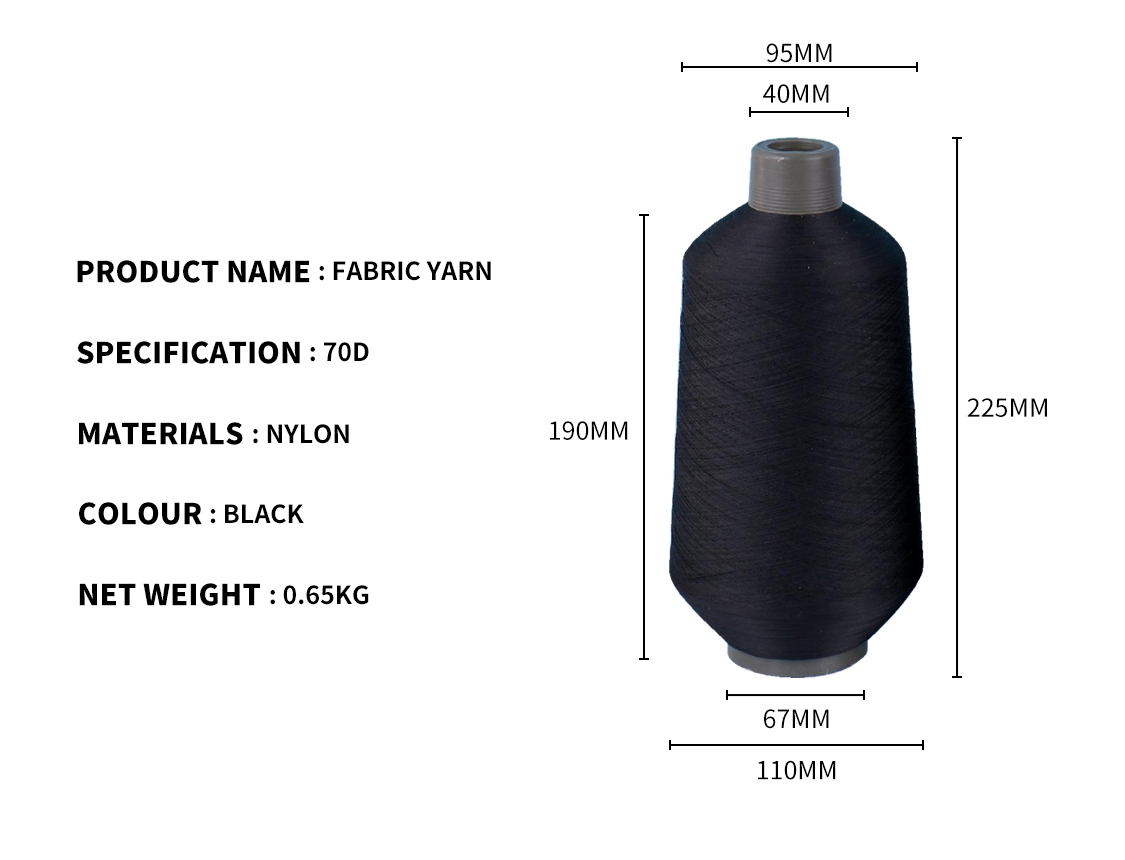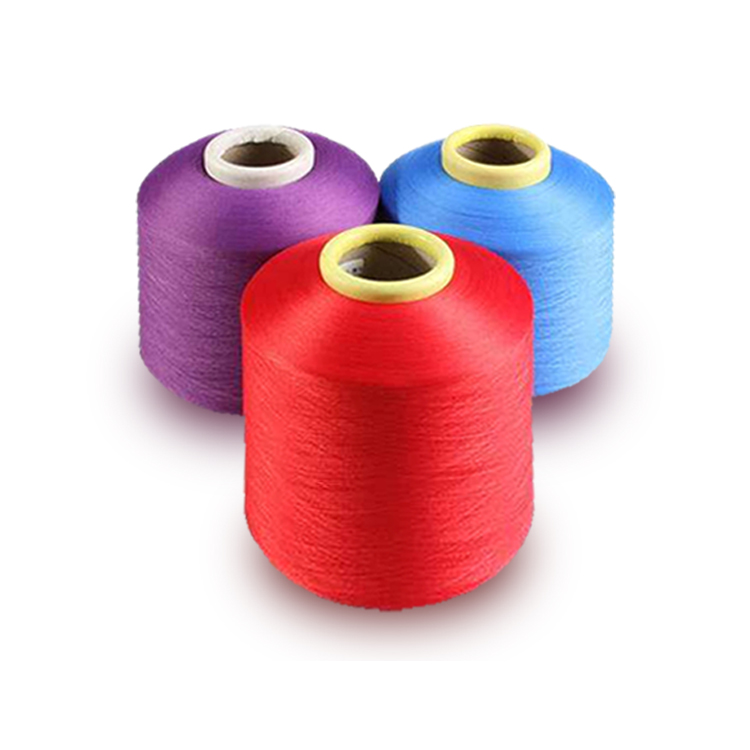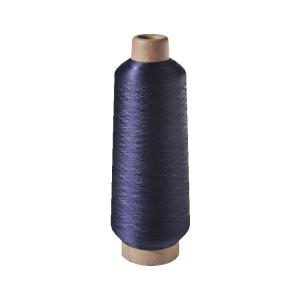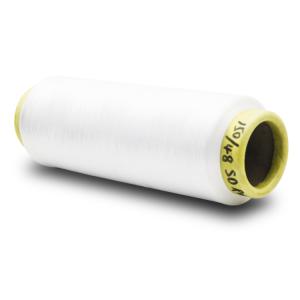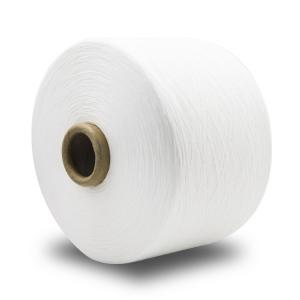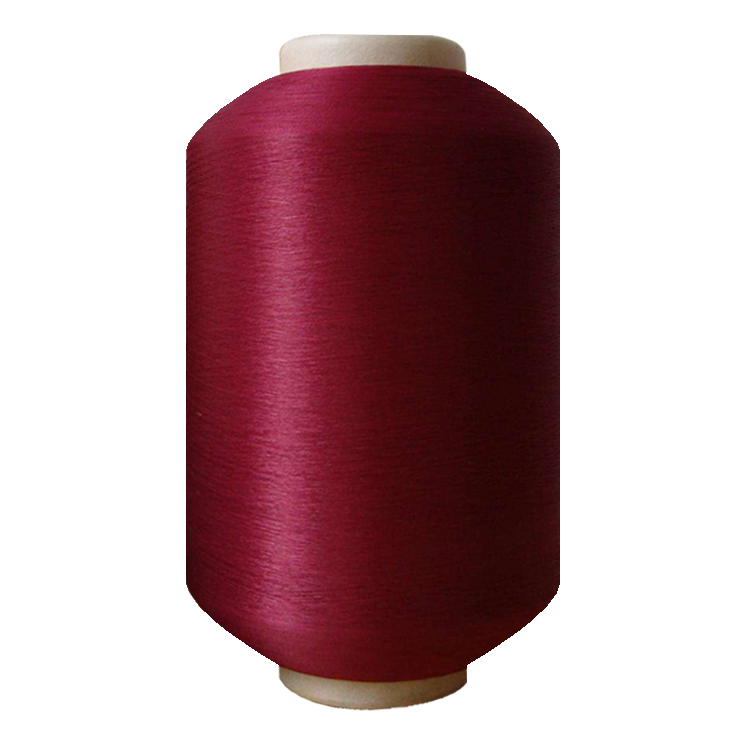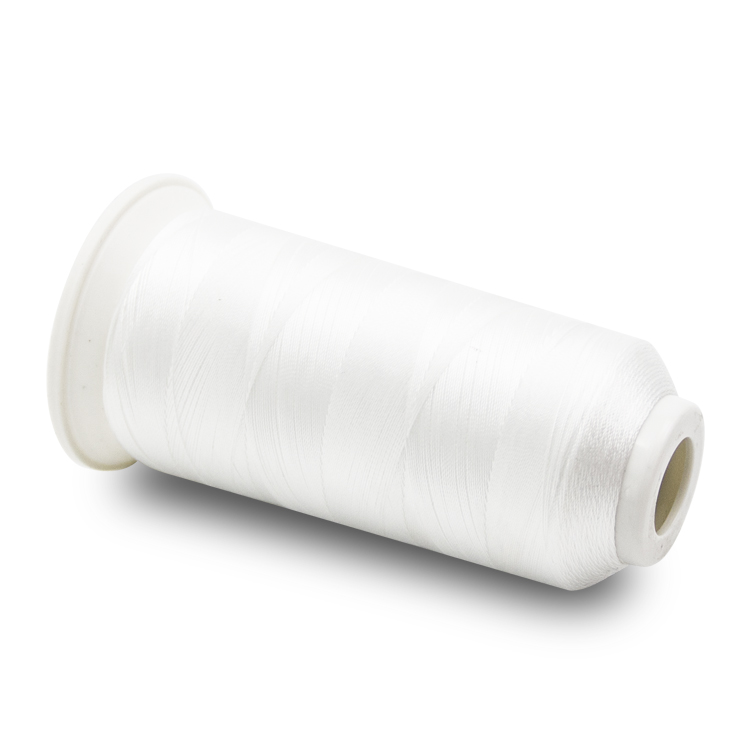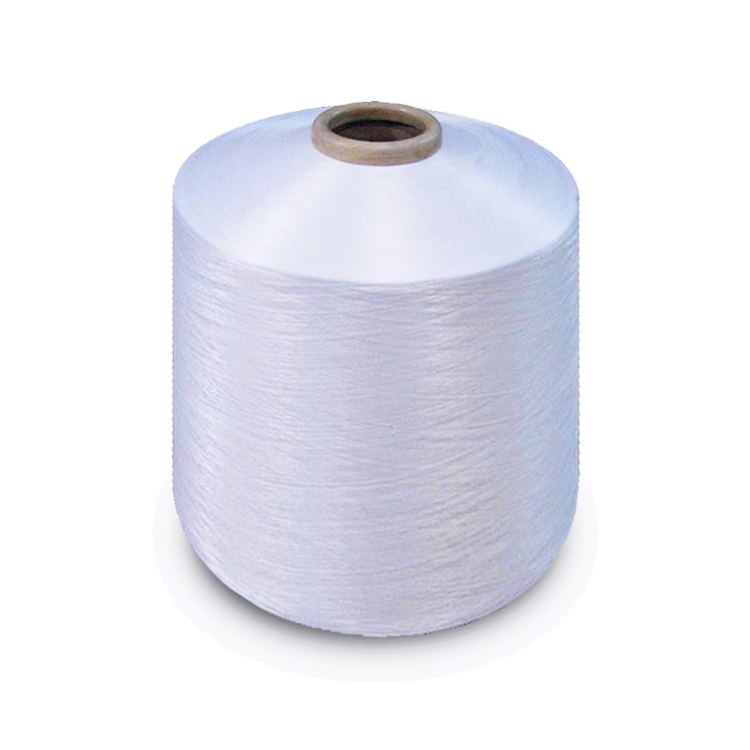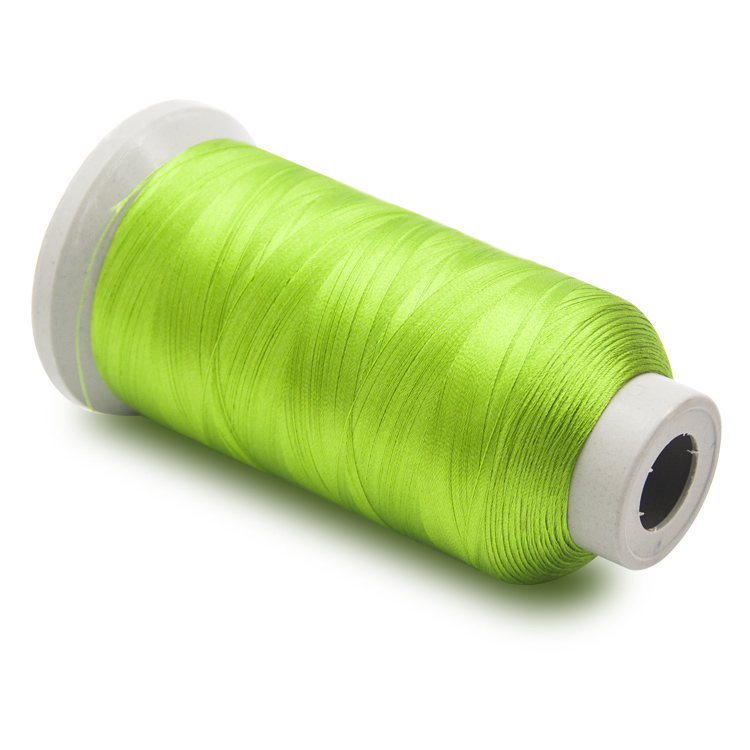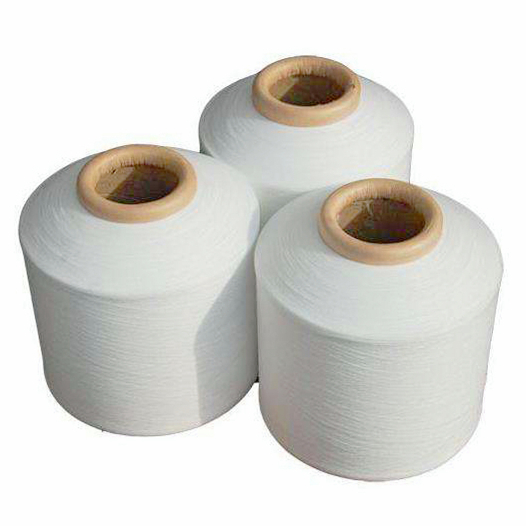Share to:
Related Products
DTY FDY textile ring virgin spun polyester yarn
LQ-26-04
Price: From $1.8
Delivery time: 9-20 days after payment
MOQ: 500 PCS
Material:100% Polyester
Pattern:Raw
Style:Core spun yarn
Technics:Ring spun
Feature:Anti-bacteria, Eco-friendly, recycled, high tenacity, anti-pilling, moisture-absorbent
Use:Embroidery, weaving, knitting, hand knitting, sewing
Yarn count:21s 30s 40s
Payment:L/C, T/T
Delivery:15-25 Days
Basic knowledge of fabric yarn
A. Definition of fabric yarn
It is a continuous linear object made of various textile fibers.
Yarn is mainly used for weaving shuttle fabrics, knitted fabrics, knitted fabrics and some non-woven fabrics.
Classification of fabric yarns
1. Pure fabric Spinning
Pure fabric yarn consists of the same kind of fiber, such as pure cotton yarn, wool fabric yarn, viscose fabric yarn, acrylic fabric yarn, polyester fabric
yarn, nylon fabric yarn and so on.
2. Blended fabric yarn
Blended or twisted fabric yarn is a fabric yarn composed of two or more fibers.The nomenclature of blended fabric yarn:When the content is the same, it is arranged in the order of natural fibers, synthetic fibers and regenerated fibers, and the raw materials are separated.
For example, polyester/cotton fabric yarn (T/C yarn) contains more polyester than cotton. Polyester-cotton blended fabric yarn (or inverted polyester-cotton blended yarn) with CVC fabric yarn and cotton as the main component. The blended fabric yarns of 50% polyester, 15% nylon and 35% cotton are called polyester/cotton/nylon fabric yarns.
3. Fabric strand yarn
Two or more single yarns are assembled and twisted together to form fabric yarns called fabric strands, or fabric yarns for short."Yarn" consists of many short fibers or filaments arranged in an approximate parallel state and twisted along the axis to form a slender object with certain strength and linear density."Yarn" is a ply fabric yarn twisted by two or more single fabric yarns.
Fabric single yarn
Strand (double strand)
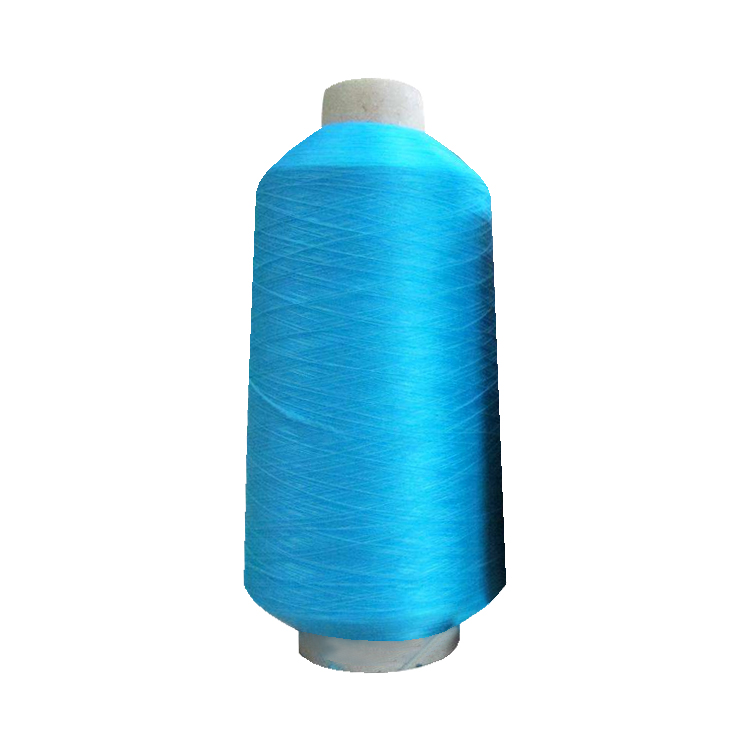
According to structure and shape
It is divided into filament fabric yarn, staple yarn and special fabric yarn.
(A) filament fabric yarn
1. Single filament: single filament
2. Multi-filament: The tow composed of multiple filaments is divided into twisted and untwisted multi-filaments.
3. Compound twisting: Twisted filaments are combined and twisted once or more.
4. Textured fabric yarn ,Yarn with elasticity or high bulkiness is made from the plasticizing deformation of synthetic fibers when heated.
(1) Thread yarn
(2) Elastic fabric yarn: the left picture is elastic fabric yarn (high elastic), and the right picture is elastic fabric yarn (low elastic).
(B) staple fabric yarn
1. By structure
(1) Single fabric yarn:Short fibers are bundled and twisted.
(2) Strand:It is made by twisting two or more single fabric yarns together.
(3) Twisted strands (cables):A combination of two or more strands, such as a cable.
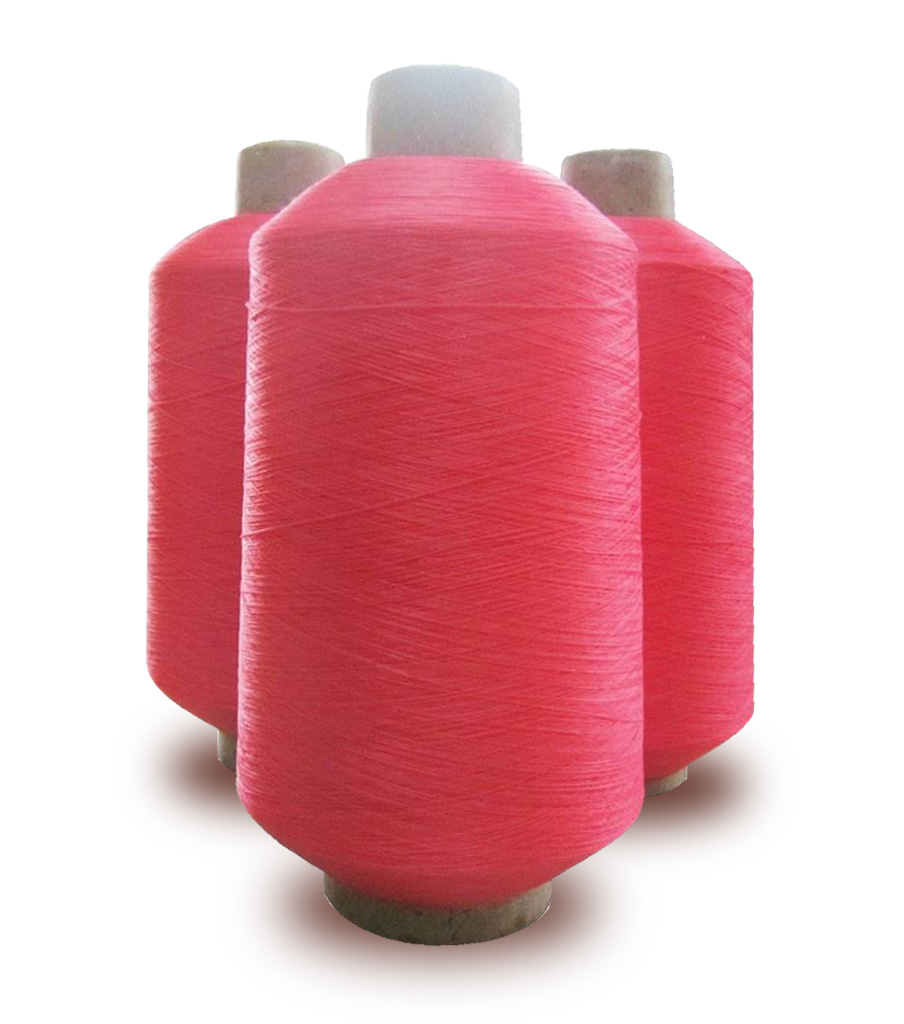
(C) Filament/staple combination or composite fabric yarn
1. Entangled fabric yarn:The twistless bundle (staple or filament) is spirally wrapped around the staple or filament. For example, cotton fibers are used to wrap silk yarn.
2. Core-spun fabric yarn:Staple fibers are coated on the core of filament fabric yarns, such as cotton/ammonia core-spun fabric yarn and polyester/cotton core-spun fabric yarn.
3. Filament/staple ply fabric yarn:It is made of filament yarn and staple fabric yarn by parallel twisting.
(D) fancy fabric yarn
It is twisted by core fabric yarn, decorative yarn and wrapping fabric yarn.
Core fabric yarn: located in the center of the fabric yarn, providing strength;
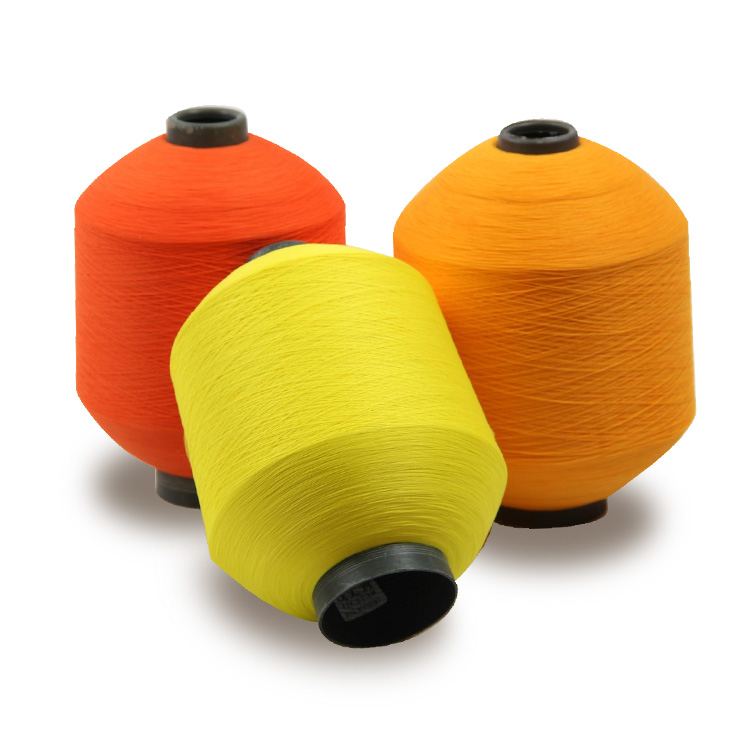
Decorative fabric yarn: obtain fancy effect;
Fixed fabric yarn: Fixed pattern.
According to the spinning system:It is divided into combed fabric yarn, carding yarn and waste spinning fabric yarn.
(a) Worsted fabric yarn (JC/CJ) (CM combed)
Also known as combed fabric yarn, refers to the fabric yarn spun through the combing process, including combed cotton fabric yarn and combed wool fabric yarn.Combed fabric yarn characteristics:The parallel straightness of the fibers is high, the evenness is even, but the cost is high and the fabric yarn count is high.Mainly used for high-grade fabrics and knitted materials, such as spinning, Huada, flower, sweater and so on.
(b) Roving (C) (CD carded)
Yarn spun without combing.All chemical and cellulosic fibers do not go through the combing processCharacteristic and application of carding fabric yarn.The content of medium and short fibers is more, the parallel straightness of fibers is poor, the structure is loose, the wool is more, the yarn count is lower, and the quality is poor.It is mostly used as raw materials for general fabrics and knitted fabrics, such as woolen fabrics, cotton fabrics above medium and special size, etc.
(c) Waste spinning
Waste spinning refers to the yarn that is spun with textile scrap (cotton scrap) or blended with low-grade raw materials.Waste spinning characteristics:Yarn quality is poor, soft, uneven evenness, impurity, poor color, generally only used for weaving low-grade fabrics such as coarse cotton blanket, thick flannel and packaging cloth.
According to spinning method:
It is divided into ring spinning and free end yarn.
1. Ring spinning (RING SPUN)
Ring fabric yarn refers to the yarn twisted by traditional spinning method on ring spinning frame.The fabric yarn has close structure and high strength.
2. Open end
Free end fabric yarn refers to the coagulation and twisting of fibers into fabric yarns in the flow field of a spinning cup at high speed or in the electrostatic field.The twisting and winding of the yarn are accomplished by different components respectively, so the fabric yarn has high efficiency and low cost.Representation of free end spinning-air Spinning
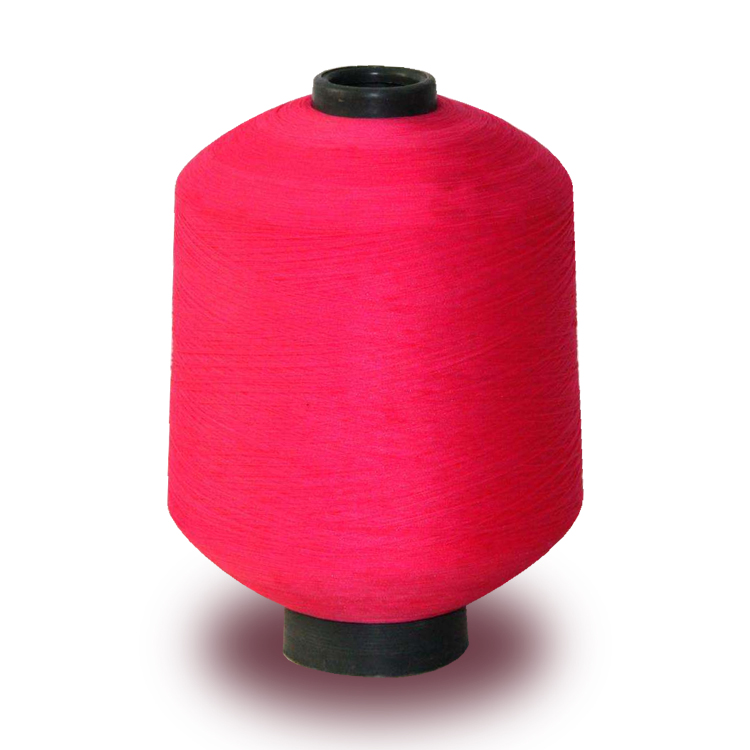
Airflow yarn: (open end)
Rotor spinning, also known as rotor spinning, is the use of air flow to coagulate fibers in the high-speed rotating spinning cup and twist the output into fabric yarn.
Airflow yarn characteristics:
Compared with ring spinning yarn, the yarn structure is fluffy, wear-resisting, evenness and bright dyeing, but its strength is lower.It is mainly used for bulky, thick plain cloth and velvet cloth with good handle in woven fabrics.
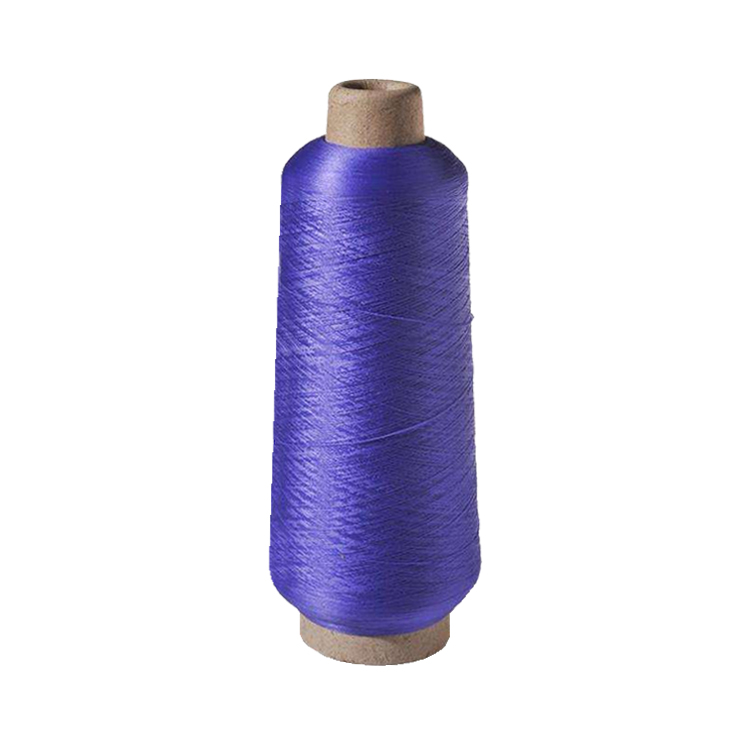
Twist direction refers to the inclined direction of the single fabric yarn in the single yarn or the single yarn in the ply yarn after twisting. It is divided into Z twist and S twist. After twisting, the twist direction of yarn tends to the upper left corner from the lower right corner, and the tilt direction is consistent with the middle of "S", which is called S twist or smoothly twist; the twist direction of yarn tends to the upper right corner from the lower left corner, and the tilt direction is consistent with the middle of "Z", which is called Z twist or backhand twist.
Twisting direction of ply fabric yarn:
ZS: Single fabric yarn Z twist, strand yarn S twist. Single fabric yarn is usually twisted Z and strand is twisted S.
ZZ: Single fabric yarn Z twist, strand yarn Z twist
ZSZ: single fabric yarn Z twist, strand initial S twist, double twist Z twist
The influence of twist on fabric yarn:
Twist affects fabric yarn strength, rigidity, flexibility, elasticity, shrinkage and other indicators.
Selection of fabric yarn twist:
Warp fabric yarn: It needs high strength and twist.Weft and knitting fabric yarns: softer and less twist.
Yarn for woven and knitted velveteen fabrics: twist should be smaller to facilitate velveteening.
